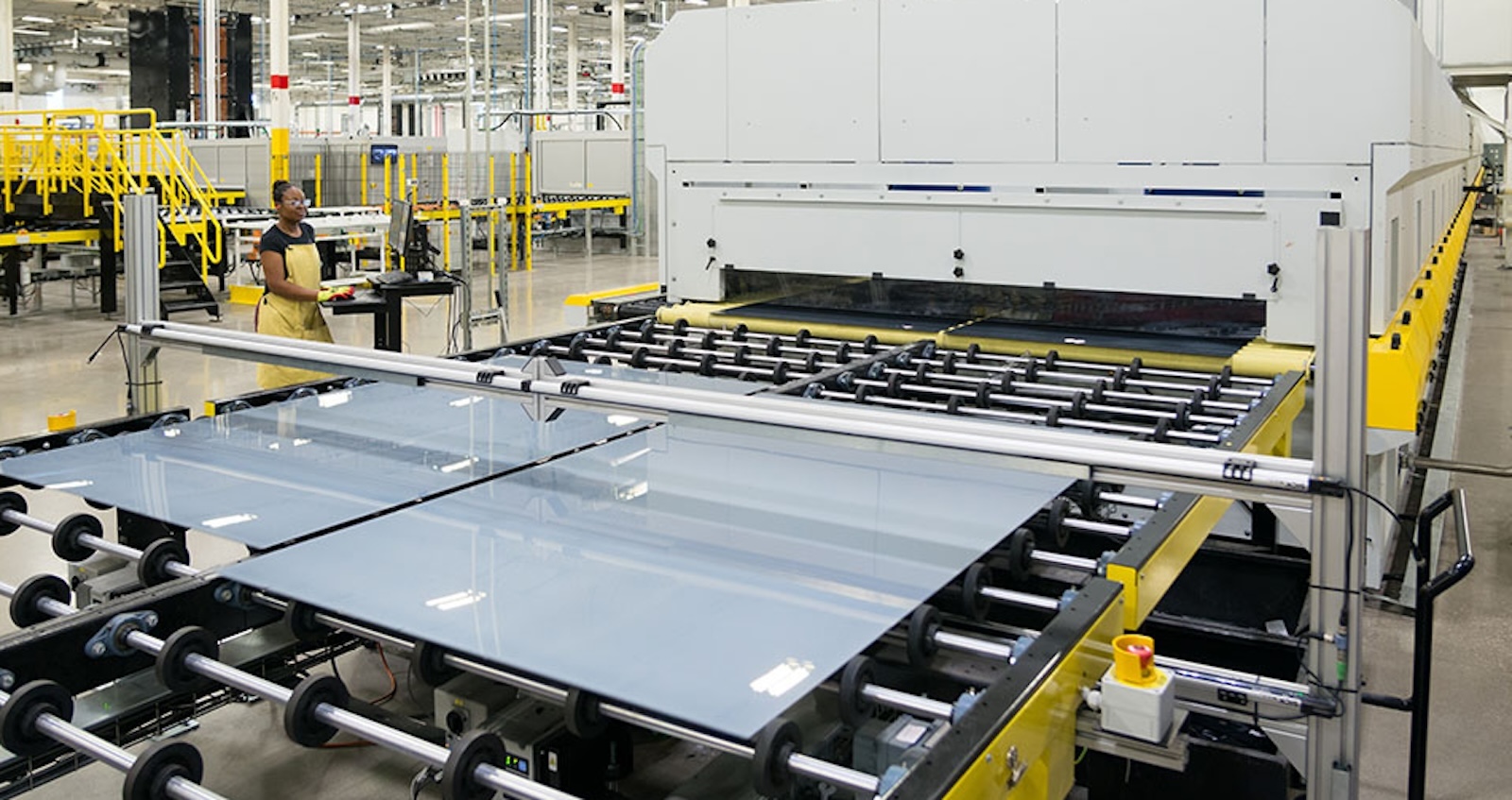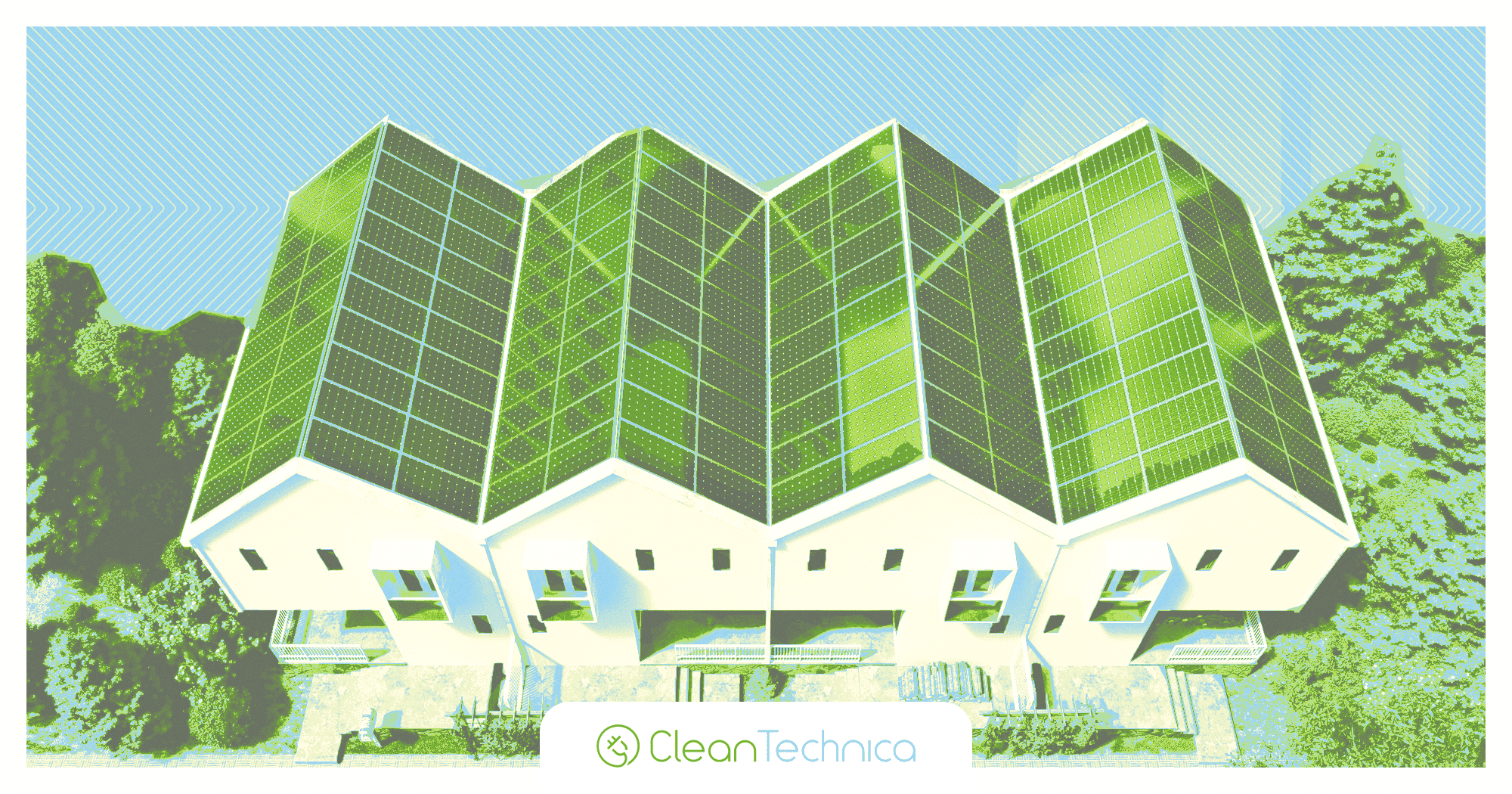Improving PV plant performance via optimized inverter loading ratio
Researchers in Ireland have proposed, for the first time, a deterministic approach for designing inverter loading ratio (ILR) in utility-scale PV projects. The novel methodology is claimed to simplify the design process and reduce performance variability, while enhancing investment certainty.

Researchers in Ireland have proposed, for the first time, a deterministic approach for designing inverter loading ratio (ILR) in utility-scale PV projects. The novel methodology is claimed to simplify the design process and reduce performance variability, while enhancing investment certainty.
A team of scientists from the University College Cork in Ireland have proposed a new approach to designing inverter loading ratio (ILR) for utility-scale PV power plants.
The researchers described the ILR as the ratio between the DC PV array power output relative to the AC rated power of the power conversion unit (PCU). “If the ILR value is low, it may result in decreased economic viability of the system,” they explained. “On the other hand, increasing the ILR value can cause issues with dispatch down operation and clipping losses.”
In the study “A refined method for optimizing inverter loading ratio in utility-scale photovoltaic power plant,” published in Energy Reports, the research group said indentifying the optimal ILR design for large-scale solar is “an ongoing effort” at both industry and research level, and stressed that, to date, no deterministic ILR approach has been developed, which could help PV projecte developers in identifying the best value of DC/AC PCU under specific geographic, climatic, and economic conditions.
“Unlike metaheuristic or heuristic methods, this approach simplifies the design process and reduces performance variability,” the academics emphasized, noting that the proposed methodology, rather than focusing on oversizing, optimizes the installed inverter’s nominal power for a given PV array installation. “By enhancing investment certainty, it provides a reliable estimation for maximising economic returns with minimal risk.”
The novel approach is implemented in two steps. First, it is assumed that the inverter is not required to connect the PV system with grid. Second, it is also assumed that the grid operates on AC, which requires an inverter. “Then, the optimal inverter capacity is determined to optimise revenue, taking into consideration the additional investment cost for the DC/AC PCU,” the academics further explained, noting that the system's algorithm takes into account the specs of the DC/AC PCU, the feed-in tariff, and the estimated PV DC generation.
The group tested the novel approach in a 5 MW PV power plant located in Kelmoney, Ireland, aiming to maximize its annual profitability. The facility utilizes 16,380 solar modules provided by Chinese manufacturer Longi, with 26 modules in parallel and 630 strings. It also uses 29 string inverters supplied by China's Huawei. Temperature and radiation data were collected from a site simulation using the PVsyst software.
The researchers claim that this analysis allow them to find the optimal ILR value for the plant at 1.4528, which they stressed is lower than 1.4656 designed by PVsys. “The analysis shows that energy clipping occurs at 5.22 MW, which is the optimal inverter-rated power,” they said. “Only the generation above 5.22 MW is clipped, and the energy below this threshold is used to calculate the estimated annuities of the system revenues.”
Inverter clipping occurs when a PV system's DC energy is larger than the maximum input size of the inverter. This saturates the inverter and the excess DC energy is not converted into AC.
The scientists emphasized that the lower ILR value corresponds to an increase in annual profit annuities.
They also stated that the proposed methodology could also be used for rooftop PV system or to assess the economic viability of the site for existing photovoltaic power plants. “It can subsequently provide recommendations for upgrading PVPP components to achieve enhanced profitability,” they concluded. “This approach is particularly beneficial in addressing potential increases in inverter or PV module ageing.”
In March, an international research team published a research investigating the effect of inverter clipping on mitigating soiling losses in PV systems and explained that this strategy may not be as effective as commonly thought.
Later in July, Researchers in Malaysia proposed a new approach to identify the optimal power sizing ratio to balance PV energy capture with inverter costs. The calibrated model is said to accurately reflect the relationship between inverter efficiency and real-world system behavior.
What's Your Reaction?






























































